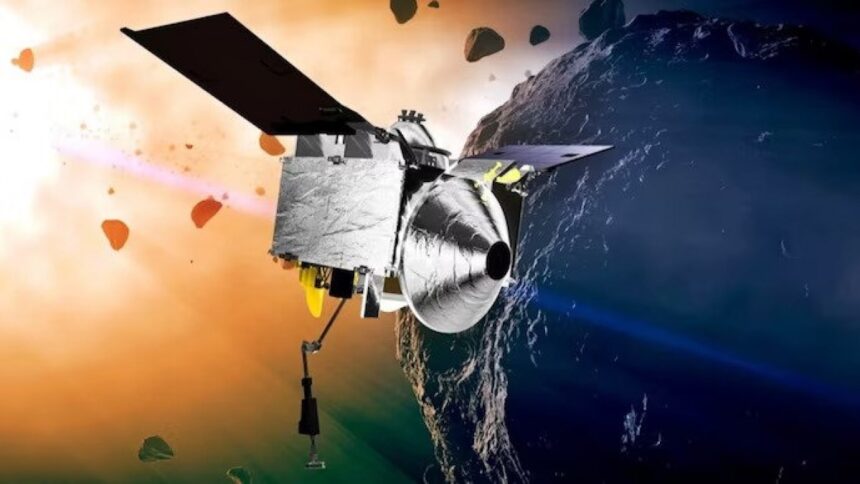In an unprecedented scientific achievement, NASA’s capsule with asteroid samples returned to Earth on September 24, after a seven-year journey through space. The capsule, which is part of the OSIRIS-REx (Origins, Spectral Interpretation, Resource Identification and Security–Regolith Explorer) mission, landed safely in the Utah desert in America.
The capsule landed softly at a military test facility in northwestern Utah.
NASA’s OSIRIS-REx mission is the first asteroid sample return mission. Its goal is to learn more about the formation of our planet and solar system, as well as the origin of organics that may have led to life on Earth.
In 2020, the spacecraft briefly touched down on the surface of the Bennu asteroid and recovered a sample of rock and dust from the asteroid. Today, it flew by Earth and ejected a sample capsule containing asteroid material.
It collected approximately nine ounces (250 grams) of dust off the asteroid’s stony surface. The carbon-rich asteroid was expected to yield at least a cup of rubble, according to scientists.
Following their thorough sanitisation process to wipe out any potentially injurious effects, the collected moon samples will soon occupy a secure location in a dedicated curation laboratory at NASA’s Johnson Space Center in Houston. This rigorous cleaning and verification eliminate any earthly contaminants that could potentially modify their original state, thus preserving the samples’ integrity.
This dedicated facility is intended to preserve these samples in perfect condition. They will be made available to scientists worldwide in due order, with a large fraction reserved for future generations to examine and study, according to a statement from the US space agency.
Nasa said that even such a small amount of asteroid dust should “help us better understand the types of asteroids that could threaten Earth” and cast light “on the earliest history of our solar system.” “This sample return is really historic. This is going to be the biggest sample we’ve brought back since the Apollo moon rocks were returned to Earth,” Nasa scientist Amy Simon had told AFP earlier.
Asteroids, sometimes called minor planets, are rocky remnants left over from the early formation of our solar system about 4.6 billion years ago. Most of this ancient space rubble can be found orbiting our Sun between Mars and Jupiter within the main asteroid belt.
Bennu is one such asteroid that has piqued the interest of scientists. Bennu, with a diameter of around 500 metres (1,640 feet), is said to be rich in carbon and may contain water molecules imprisoned within its minerals.
Also Read: ‘Great signs ahead of the World Cup’: Netizens erupt in joy after Shreyas Iyer, Shubman Gill smash centuries against Aus








